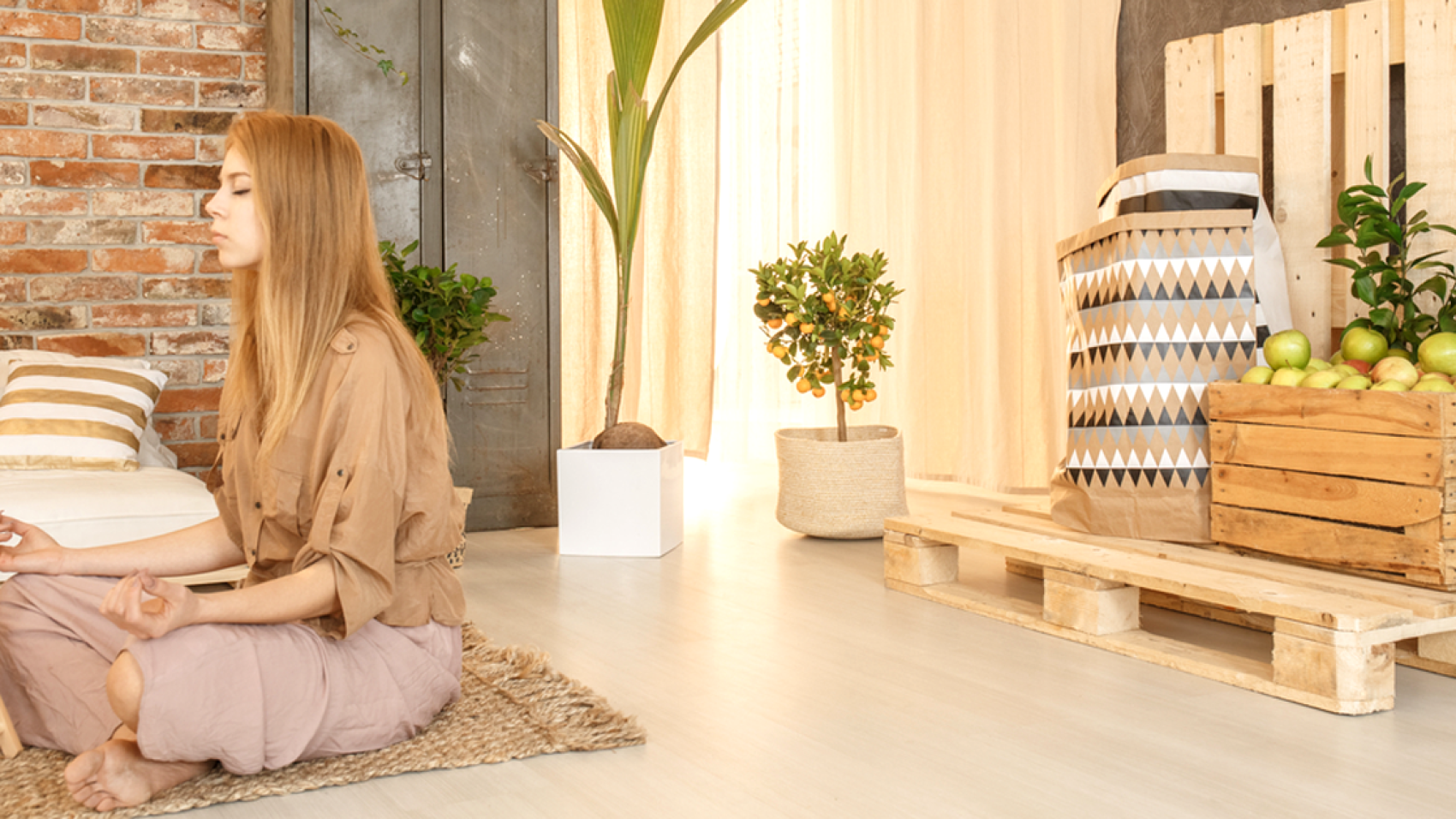It’s All About Awareness
How can you make a change if you aren’t aware that an issue exists in the first place?
For example, you want to lose 10 pounds for an upcoming high school reunion. However, unless you change your diet or exercise routine, the scale isn’t going to budge.
One day you are talking to a friend and she mentions an easy-to-use app that you can download right onto your smartphone and will track your diet and exercise routine. Who knew that such a simple meal tracking app could reveal so much information?!
It’s now clear exactly why you haven’t been able to lose weight: you always thought nuts were a healthy option, but the half a cup of peanuts you eat every afternoon for a snack has 400 calories; your favorite restaurant salad—filled with vegetables!—has over 1,000 calories when you add the ranch dressing; even your daily smoothie that you make in morning before work has more sugar than a candy bar. But now you can see exactly what you’ve been doing, so now you know how to fix it. Pretty soon your jeans are zipping up again.
Now that you’re able to see exactly what you have been eating, you can take steps to fix it…and when that high school reunion rolls around next month, the dress you haven’t worn in years will fit perfectly.
It’s all about awareness.
What would you like to change about yourself?
Are you tired of how often you find yourself yelling at your partner? You don’t consider yourself an angry person, so why are you constantly acting like one?
Perhaps you find you are turning green with envy whenever you see your friend with her new boyfriend. You aren’t the jealous type, or are you?
Or maybe you are mired in credit card debt and have no idea how to pull yourself together financially. Well, there’s only one way to find out: focus your attention in that direction and then you’ll be able to see what you have to do to fix it.
For example, you’re in debt, but you’ve never really examined what you’re spending money on. If you don’t face reality, you’ll never realize that you’re over-indulging in shopping and using it as therapy. Don’t beat yourself up over what you’ve done in the past. Find a compassionate friend who’s good with numbers who can help you see what you’ve done and the best way to move forward.
What is it about your friend with the new boyfriend that turns you into the green-eyed monster of jealousy? Is it the fact she still wears a size 4 dress while you are struggling to lose the baby weight a year later? Or are you envious of the sparkle in her and her boyfriend’s eyes when they look at each other—and thinking about how that passion translates into their sex life?
Try writing down in a journal or jotting a note on your phone every time you find yourself getting jealous of her—or anyone else!
Acknowledge your jealousy. Once you “own” your jealousy, it will gradually loosen its hold on you. Go easy on yourself: you’re human and humans get jealous (it’s a natural emotion). However, once you understand what triggers your jealousy, it will start to change on its own.
You can also avoid situations that you know will trigger you; there’s a reason why alcoholics that join AA don’t hang out in bars anymore and, if they do, they tell the bartender they are “a friend of Bill”.
What about the anger at your partner? Is it really his or her fault? Or are you projecting your personal frustrations onto them? Part of focusing your attention on the aspect of yourself you’d like to change is taking responsibility. Yes, your partner may do some inconsiderate things that annoy you, but where is your response coming from?
You might ask a good friend who knows both of you to tell you honestly what they see in your relationship that you might not be seeing. You might go to a therapist or counselor to get some perspective on the situation. If you don’t pay attention and find out what inside you is causing that reaction, your relationship, and future ones, may implode.
Change is difficult. We all get stuck in the status quo—after all, it’s comfortable, it’s easy, a state that you understand. But when you are stagnant — yet, expecting change — you’ll only drive yourself insane. As a spiritual teacher, I see this all the time. A new student is seeking personal transformation and wants to learn to live in a higher state of consciousness, but can’t seem to find 20 minutes a day to meditate—every day. Consistency is the motor of change.
Attention puts your car on the right road, and consistency drives it to your destination. And laughter is the fuel. Don’t take yourself so seriously! You are perfect as you are, and the transformation you seek will simply give you better access to your indwelling spirit. So love yourself as you are right now, focus on the aspects of your lower self—your anger, jealousy, greed, whatever—that you want to transform, find the direction you need to pursue, do what you need to do on a regular basis, and laugh a lot along the way.
Remember, you are perfect as you are, and the transformation you seek will simply give you better access to your indwelling spirit. So, love yourself as you are right now and focus on the aspects of your lower self — anger, jealousy, greed, whatever — that you want to transform. Once you decide the road you want to take, you’ll soon find yourself shifting into the gear you want to be in naturally (without stalling your engine). And laughter along the way helps a lot.





